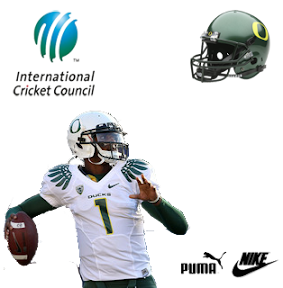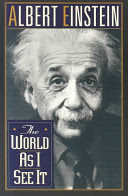
Name: Whitfield Diffie
Birth Date: 1944
Nationality: American
Gender: Male
Occupations: computer scientist
Whitfield Diffie is best known for his discovery of the concept of public key cryptography (with Martin Hellman).
Whitfield Diffie was born in Queens, New York, in 1944, where he went to school. Diffie did not start reading until he was 10 years old but made up for his late start by reading everything he could. After one of his primary school teachers spent an afternoon looking at codes and ciphers Diffie made his father, a lecturer in history at City College, New York, check out all of the cryptography books in the college library. This interest did not last, though, and he soon drifted into castles, camouflage, rockets, and poison gases as his main areas of focus (at one time he thought of a military career). During high school his main interest changed again, this time to mathematics, and in 1965 Diffie was awarded a B.S. in mathematics from the Massachusetts Institute of Technology (MIT). During his time at MIT Diffie spent summers working at Berkeley. After receiving his degree Diffie became interested in computers (previously he had a high disregard for them). He took a position working for a defense contractor--the Mitre Corporation, an engineering company based in Massachusetts, which kept him out of the draft for Vietnam. For this position he worked at the MIT Artificial Intelligence Laboratory writing LISP code for the mathlab symbolic manipulation system. Diffie left in 1969 after spending time with many computer hackers and also sharing unsecured computer systems that he found problematical.
Upon moving from MIT to the Artificial Intelligence Laboratory at Stanford University Diffie changed his research interests again, this time to proof of correctness of computer programs. At Stanford he worked under John McCarthy on a project funded from Larry Roberts' ARPA budget. It was McCarthy (after a request from Roberts) who really ignited Diffie's interest in cryptography, which he then pursued tirelessly from 1972 onwards. Worried about the fact that everyone had to share the same computer and that all information was stored on a central machine (with total access from the administrator), Diffie looked into protecting information. Initially Diffie found the subject difficult--although many people were working on cryptography, much of the work was classified and carried out by government-funded agencies. In 1973 McCarthy became unhappy with the amount of time Diffie was spending on cryptography and under a mutual agreement Diffie took a leave of absence to travel around the United States. During his travels Diffie met Martin Hellman, a Stanford University professor in electrical engineering, in 1974 and there was an immediate meeting of minds. Hellman hired Diffie as a research programmer for his Stanford group. In 1975 Diffie and Martin Hellman devised the concept of public key cryptography. This was prompted by the release that year of the Data Encryption Standard (DES) and Diffie's original idea that the whole system could be cracked with a machine costing $650 million running for a week. After many discussions with Hellman this estimate was revised to a $20 million machine running for one day. Subsequent thoughts, publications and advances in computing technology rapidly reduced the effort needed to crack the keys of the DES. Previously secure encryption had been the domain of governments, but the public key cryptography system allowed encryption for the masses. The system works by splitting the key into two parts--a widely distributed public key and a private key. This allows people who have never met to talk in secrecy and also produce digitally signed messages to confirm who the message is from. Naturally this created problems for government agencies whose job it is to monitor communications. In 1978 Diffie began work as manager of Secure Systems Research for Northern Telecom, in Mountain View, California, where he worked on advanced security technologies. In this position Diffie invented a secure phone system operating on a platform that would eventually mutate into packet data security overlay--a system providing security between hosts on packet data networks.
As of 2001 Diffie was working as a distinguished engineer at Sun Microsystems, a position he has held since 1991. Since 1993 Diffie has been concerned with public policy in the area of cryptography. He is opposed to Government attempts to limit the use of cryptography in personal and business contexts and he has spoken several times to the U.S. House and Senate in defense of his position.
Diffie has received a number of awards for his work and innovations. In 1981 he was given the IEEE Donald E. Fink Award, and in 1992 he was awarded an honorary doctorate in Technical Sciences by the Swiss Federal Institute of Technology. In 1994, for contributions to the quality of life in cyberspace, he was awarded the Electronic Frontiers Foundation Pioneer Award, and he was also awarded the first ACM Paris Kanllakis Award for his contributions to computer science. Diffie also serves on the ACM panel on cryptography. Diffie is married to noted Egyptologist Mary Fischer, whom he met in 1974 while travelling the country to find information on cryptography.



























